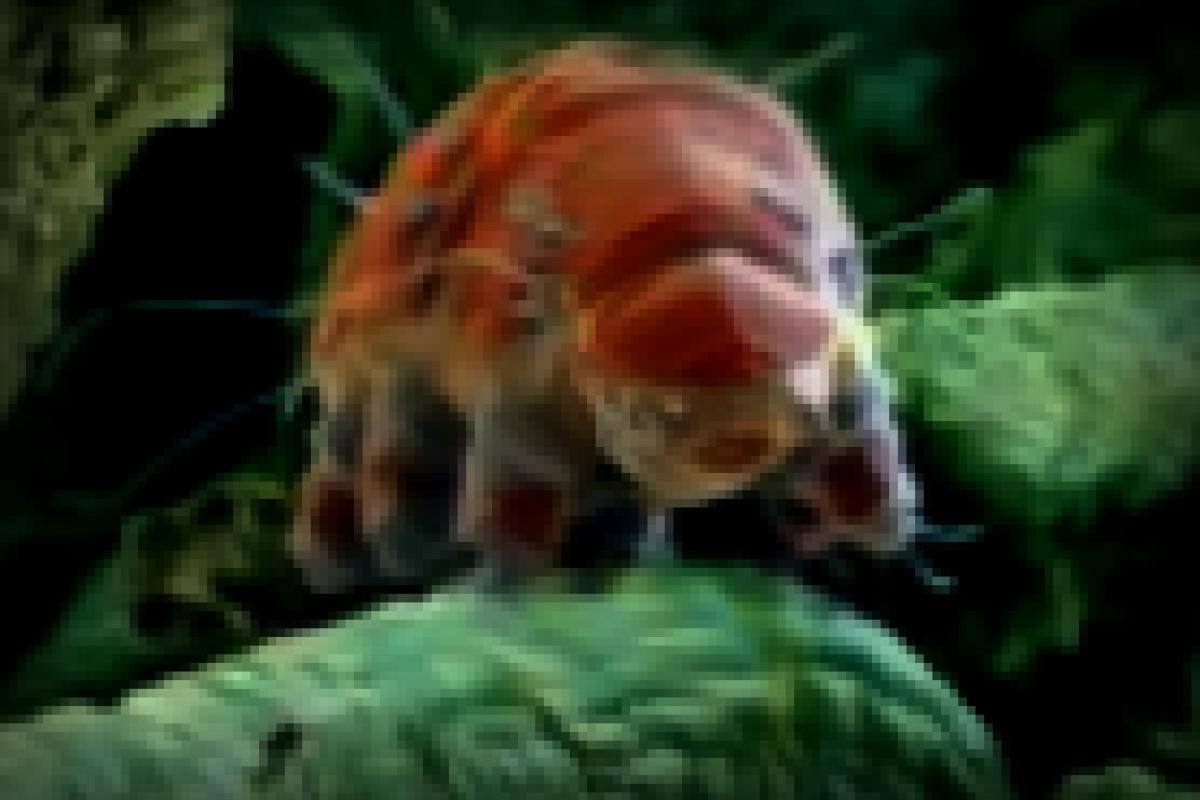Tardigrades, or as some affectionately call them, “water bears,” have a legendary reputation as nature’s tough cookies. These microscopic creatures are champions of endurance, allowing them to survive in extreme conditions. We’re talking temperatures from freezing cold, as low as absolute zero, to scorching heat above 300 degrees Fahrenheit!
But that’s not all—these tiny organisms can brave up to 1,000 times more radiation than mammals can tolerate without flinching. How do they do it?
The Mighty Survivors: Tardigrades
For years, scientists scratched their heads over tardigrades’ remarkable ability to thrive despite intense radiation. Early theories linked their survival powers to a process known as anhydrobiosis. This unique ability allows tardigrades to conserve water and curl up into a dormant state, press-pause on life until conditions improve.
When they enter this “tun” phase, they aim to limit moisture loss, slowing their metabolism drastically. Some of the more than 1,300 species of tardigrades can even spring back to life after many years of hibernation in this curled-up state!
However, what’s fascinating is that some species can endure radiation even when fully hydrated. So, what’s the secret ingredient?
A Game-Changing Protein
The key appears to be a special protein d “Dsup” or damage suppressor. Though exclusive to tardigrades, scientists are eager to explore its potential by modifying the DNA of other animals to mimic its effects.
In experiments where mice were engineered to produce Dsup, it was found that they suffered significantly less DNA damage under high radiation exposure compared to those without the protein. Similarly, when the Dsup gene was introduced to the nematode Caenorhabditis elegans, that little creature became far more tolerant to x-ray exposure and even showed an extended lifespan.
This painted a perhaps promising picture of Dsup’s potential; however, understanding precisely how it works in tardigrades has remained somewhat elusive. Some researchers speculated that it acted as a shield against radiation, while others thought it mainly helped cells fix DNA before serious damage could set in.
Fortunately, new research shines a light on how Dsup protects DNA. By examining the biochemical properties of this fascinating protein, researchers discovered that when Dsup binds to DNA—whether it’s single- or double-stranded—it helps partially unwind it. This structural change reduces the probability of radiation wreaking havoc on DNA strands.
Furthermore, tardigrades have a backup system. Certain species leverage complementary methods to survive radiation exposure, including a mechanism discovered in 2020 that transforms destructive UV light into harmless blue light through unique fluorescent pigments in their skin.
Implications for Cancer Research
The ongoing research on Dsup suggests exciting prospects for human health. This protein could play a crucial role in preventing cells from becoming cancerous, as DNA damage is a major underlying factor in many cancers. There’s also speculation on benefiting astronauts who face radiation challenges while on long-duration space missions.
However, making Dsup practical for human medical treatments isn’t without challenges. For instance, a finding in 2023 indicated that the protein might trigger neurotoxicity in nerve cells. This could complicate its use in brain-related therapies.
While Dsup showcases remarkable potential to revolutionize healthcare, more thorough research is essential to decode its comprehensive abilities.




















